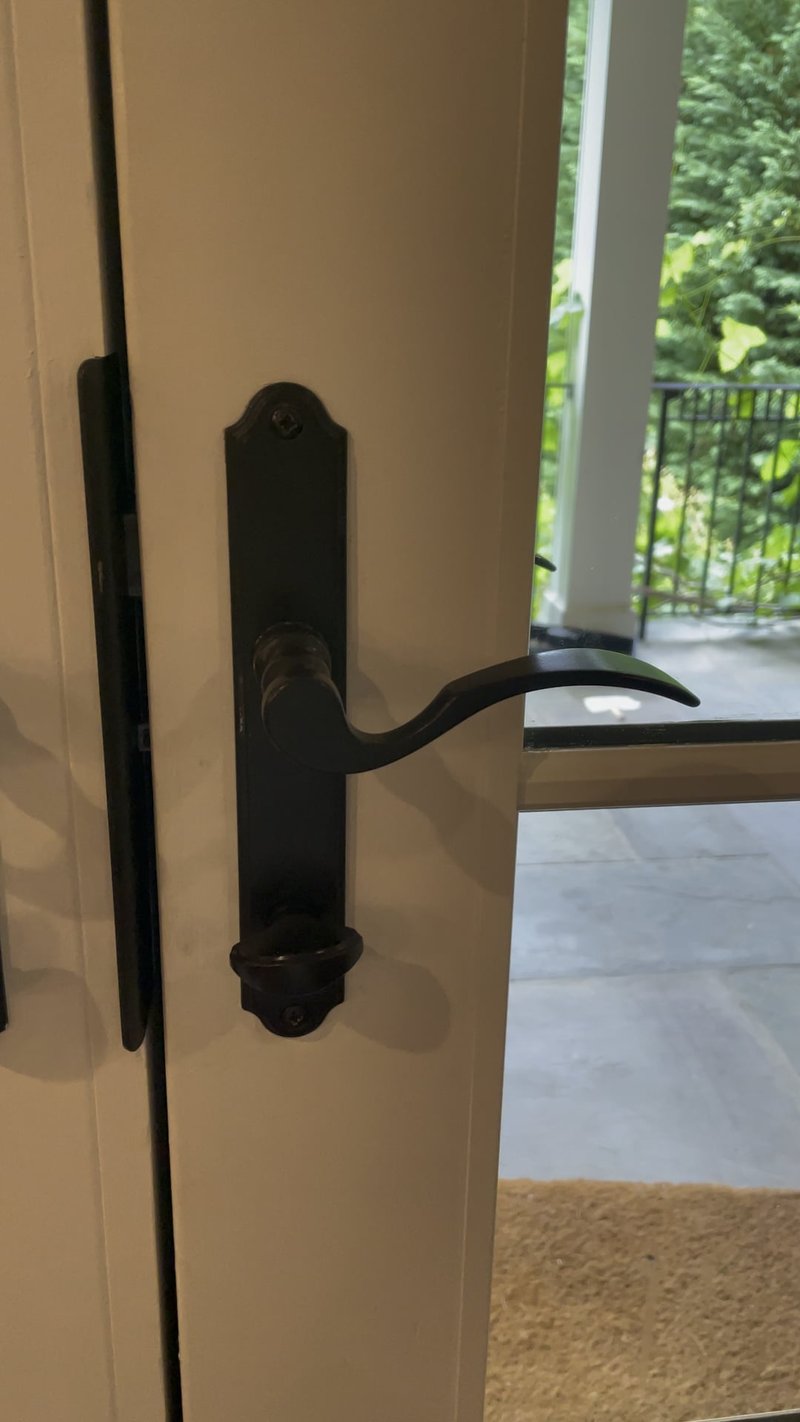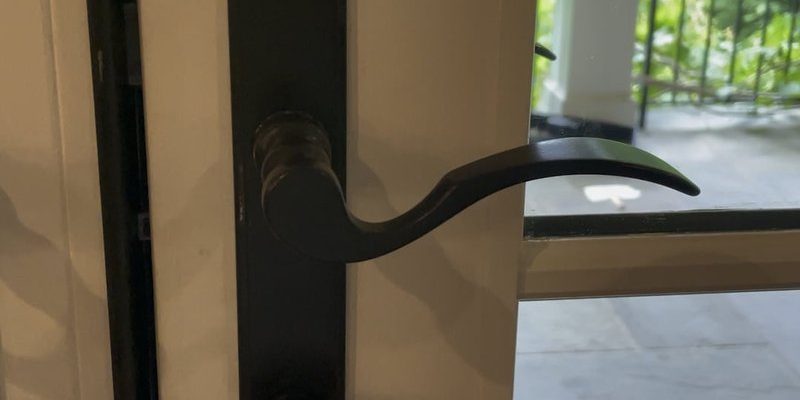
Think about it like this: your privacy latch bolt is your trusty sidekick, ensuring your personal space stays private. When it doesn’t extend fully, it’s not just an inconvenience; it’s a breakdown in your home’s security and comfort. Let’s dive into why this happens and how you can fix it without calling a locksmith.
Understanding the Mechanics of a Privacy Latch Bolt
Before diving into troubleshooting, it’s useful to understand what a privacy latch bolt is and how it functions. Essentially, a privacy latch bolt is designed to secure doors while allowing easy locking and unlocking from the inside. Unlike entry door locks, which can be opened from the outside with a key, privacy latches typically only offer locking from the inside.
Here’s how it works: when you turn the knob or lever on the inside of the door, it activates the bolt, which extends into the door frame. This creates a barrier to keep unwanted guests out, while still allowing you quick access when you need to step out. However, if the latch isn’t extending fully, it can leave your door unsecured.
It’s also worth noting that privacy latches come in different styles and brands, from basic models to more sophisticated designs. Each has its own mechanism, so while the troubleshooting steps may be similar, some nuances exist based on the brand you’re dealing with.
Common Causes for a Privacy Latch Bolt Not Extending Fully
Let’s get to the heart of the issue. There are several reasons why your privacy latch bolt might not be extending as it should. Understanding these causes can help you pinpoint the problem faster.
First, dirt and debris can accumulate in the latch mechanism over time. Think of a door latch like a tiny machine; it needs to be clean to function properly. If dust or debris gets lodged inside, it may prevent the bolt from extending fully.
Second, misalignment can also play a role. If the door or its frame shifts even slightly — due to changes in temperature or settling of the house — the latch may not align properly with the strike plate. This misalignment can cause the bolt to get stuck or only extend halfway.
Lastly, wear and tear can affect the hardware. If your latch is old or has been used extensively, it might be that the spring or the internal components are worn out. This could be why it struggles to extend fully.
Step-by-Step Troubleshooting for a Stuck Latch Bolt
If you’re ready to tackle this issue, here’s a simple step-by-step guide to troubleshoot your privacy latch bolt.
Step 1: Inspect for Debris
Start by closely examining the latch and the surrounding area. Look for any visible dirt or debris. Use a small brush or compressed air to clean out the latch mechanism. Sometimes, a simple cleaning is all it takes to get things moving again.
Step 2: Check Alignment
Next, check if the door is properly aligned with the frame. Close the door slowly while observing how the latch lines up with the strike plate. If they’re misaligned, you may need to adjust the hinges or the strike plate itself. Loosening the screws of the strike plate and repositioning it can often solve this issue.
Step 3: Lubricate the Mechanism
If everything looks clean and aligned, the next step is to apply a lubricant. Use a silicone spray or graphite powder specifically designed for door locks. Avoid using oils like WD-40, as these can attract dust over time. Simply spray or apply a small amount into the latch mechanism and work it back and forth to distribute the lubricant.
Looking for Signs of Damage
If your troubleshooting efforts don’t resolve the issue, it might be time to check for signs of damage. Sometimes, a broken spring or internal component can cause the latch not to extend fully.
Start by removing the latch bolt from the door. This usually involves unscrewing a few screws. Carefully inspect the bolt and its components for cracks, bends, or breaks. If you see any damage, it may be necessary to replace the latch.
You might also want to check the strike plate for wear. If the screw holes are stripped or enlarged, it can lead to misalignment and affect performance. Replacing the strike plate might be the most straightforward solution.
When To Consider Replacement
If you’ve tried cleaning, aligning, lubricating, and inspecting for damage without success, it might be time to replace the latch. Here’s what to consider before making that decision.
Evaluate the Age of the Latch
How old is your current latch? If it’s been in place for several years, it might just be time for an upgrade. Newer models may offer better security features and smoother operation.
Compare Options
When selecting a replacement, you’ll find a range of latches available. Consider whether you want to stick with the same brand or try a universal latch. Universal latches can be more accessible and may offer additional features.
Installation Considerations
Once you’ve chosen a replacement, follow the manufacturer’s instructions for installation. Most latches come with user-friendly guidelines. If you feel unsure, don’t hesitate to consult a professional, especially if you’re dealing with more complex locking systems.
Preventive Maintenance Tips for Your Latch Bolt
Now that you’ve tackled the troubleshooting and potential replacement, why not take some time to ensure your privacy latch remains in good working order? Preventive maintenance can save you headaches down the line.
Regular Cleaning
Make it a habit to clean the latch mechanism every few months. This simple step can prevent dirt build-up and help it function smoothly.
Lubricate Often
Don’t forget to apply lubricant regularly. If you notice the latch starting to stick, give it a quick spray. A little maintenance goes a long way!
Check Alignment Periodically
Keep an eye on the door alignment. If you notice any gaps or if it’s not sitting flush against the frame, adjust it right away. This can avoid bigger issues down the road.
Final Thoughts on Troubleshooting Your Privacy Latch Bolt
Facing a privacy latch bolt that won’t extend fully can feel like a nuisance, but with the right approach, it’s often a problem you can solve yourself. Remember to keep it clean, check for alignment, and lubricate the mechanism regularly. If you find yourself needing to replace it, consider the options available, and don’t hesitate to ask for professional help if needed.
With a little effort, you can ensure your latch operates smoothly, offering the privacy and security you deserve. After all, your home should feel safe and comfortable, and that includes knowing your doors are secure. Happy troubleshooting!
